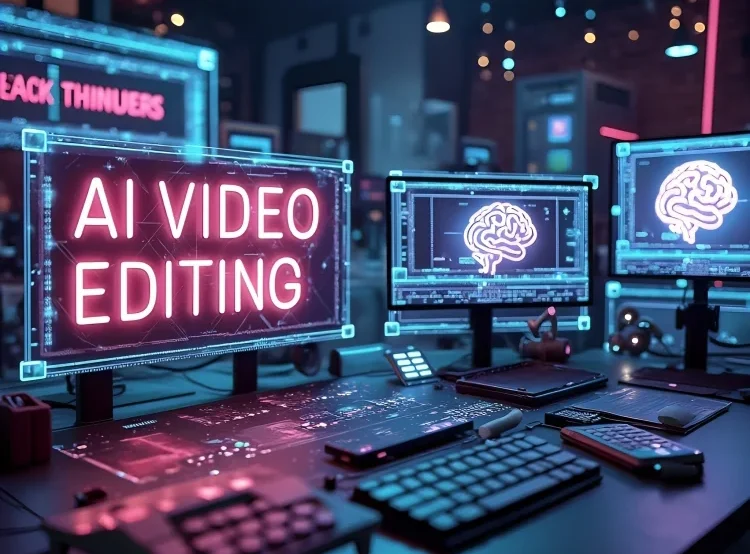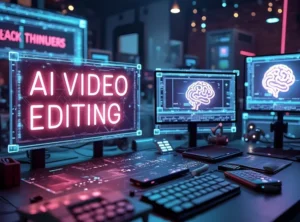AI tools for video editing are transforming content creation rapidly, especially for creators and businesses alike. Whether you want to trim videos, remove backgrounds, generate captions, or build text-to-video scenes, the best AI tools for video editing make these tasks faster and easier.
In 2025, new generative AI video apps and editors innovating user-friendly workflows are appearing constantly. Moreover, professionals and beginners both benefit because tools are lowering technical barriers while improving the final video quality. Therefore, this guide will explore AI tools: features, comparisons, use cases, and how to choose the right solution for your needs.
AI tools for video editing help creators automate tasks like video trimming, background removal, captions, and text-to-video generation. Top tools in 2025 include Adobe Premiere Pro (Sensei), DaVinci Resolve’s Neural Engine, Runway, Synthesia, and HeyEddie.ai.
What Are AI Tools for Video Editing & Why They Matter
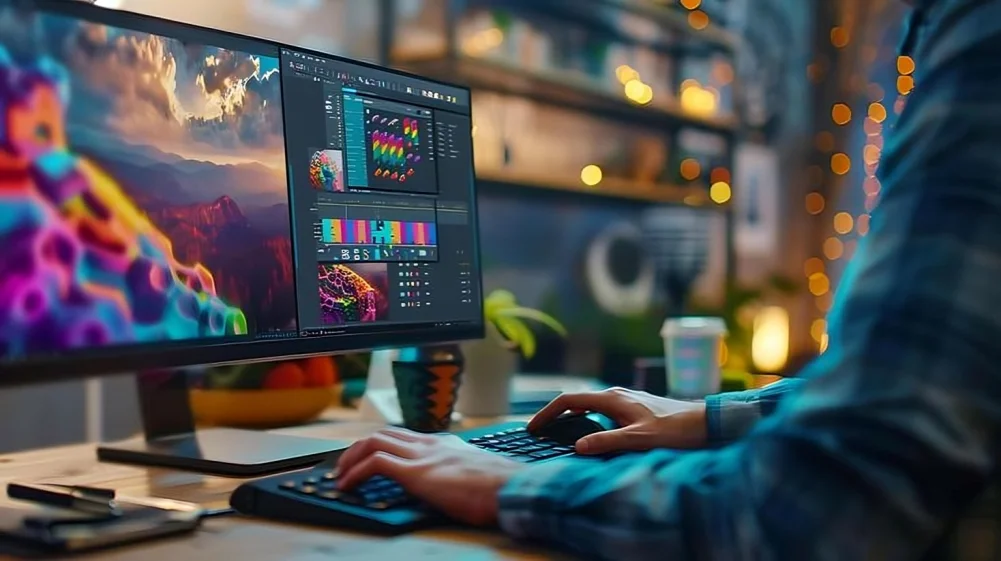
Definition & Core Capabilities
AI tools for video editing refer to software or apps using artificial intelligence to automate visual tasks. They offer functionalities like scene detection, auto-cut transitions, color grading, lip-sync, voice-overs, generative video, and background removal. Because they leverage ML models, these tools often save hours that manual editing would require.
Importance & Benefits
Firstly, AI tools speed up post-production significantly. Secondly, they help creators maintain consistent style, reduce errors, and polish output. Thirdly, for marketing content, social media, education or storytelling, these tools allow usability at scale. Also, thanks to improved hardware & cloud services, many AI video editors deliver pro results without expensive setups.
Top AI Tools for Video Editing in 2025
Adobe Premiere Pro & After Effects
Adobe Premiere Pro and After Effects, powered by Adobe Sensei, include features that exemplify AI tools . Auto reframe, scene edit detection, generative extend, filler word detection, and rotobrush are all in their AI tool suite. These tools enable workflows where editors can focus on creativity rather than repetitive tasks.
DaVinci Resolve’s Neural Engine as AI Tool for Video Editing
DaVinci Resolve’s Neural Engine offers face detection, object removal, smart reframing, and speed warp retiming. As one of the AI tools, its Neural Engine helps editors produce high-quality content more efficiently and with smoother visual effects.
Runway, Synthesia & HeyEddie.ai
Other generative AI tools for video editing include Runway and Synthesia, which let you generate video from text or prompts. HeyEddie.ai specializes in rough cuts and interview-based video content editing via prompt-based workflows. These tools help creators who want rapid prototyping or concept generation. Zapier+2RedShark News+2
How to Choose the Best AI Tools for Video Editing

Factors to Evaluate When Selecting AI Tools
When deciding between AI tools, consider these criteria: accuracy of automated edits, ease of use, output quality, template variety, language/voice support, cost (free vs paid), export formats, and integration with existing software. Also, tool update frequency and community/training resources matter.
Matching Use Case with the Right Video Editing AI Tools
If you make social media clips or short content, choose AI tools that have strong template libraries, auto captions, auto reframe, and simplicity (e.g, Canva, Filmora). In contrast, for filmmakers or long-form video, pick tools with generative features, advanced color grading, object removal, and control (e.g, Adobe, Resolve).
For those working in digital branding, exploring how AI is shaping visuals, like in business AI photos, can also improve creative strategies. Because AI evolves quickly, adapting workflows keeps research both current and precise. Ultimately, this combination of ethical use and workflow optimization allows researchers to save hours while maintaining scholarly standards.
Use Cases & Real-World
Social Media & Content Marketing
Content creators use AI tools to convert long videos into bite-sized clips, add captions, remove silence, or auto-format for vertical formats. These tools improve reach and engagement. Also, marketing teams reuse assets more efficiently across platforms due to features like auto captions and background removal.
Interviews, Tutorials & Corporate Videos
In interviews or tutorial formats, AI tools like HeyEddie.ai help generate rough cuts, sync multiple camera angles, and remove filler words. Because such content often involves talking heads, these tools free up editing time. Furthermore, auto-transcript and subtitles elements help accessibility.
Storytelling, Filmmaking & Animation
For creators who want generative capabilities, AI tools let you create scenes from text prompts, animate avatars, or generate B-roll without filming everything. Tools like Runway and Synthesia are strong here. Moreover, advanced tools offer control over visual effects, scene transitions, and creative exploration.
Pros & Cons of AI Tools
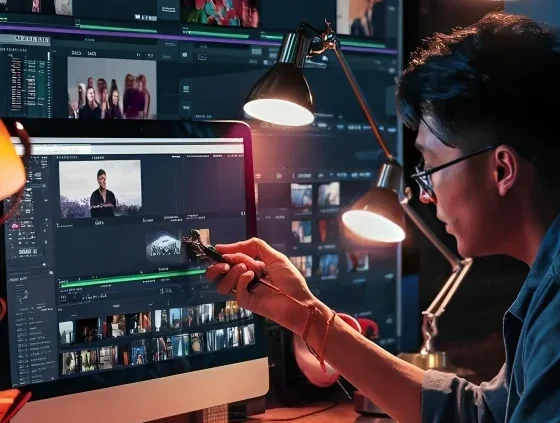
Advantages of Using AI Tools for Video Editing
- Speeds up workflows significantly, especially repetitive tasks like trimming, syncing, or color correction.
- Makes video editing accessible for beginners, with user-friendly UI and templates.
- Helps maintain consistency in style and format across multiple videos.
- Supports scalability, letting creators produce more content faster.
Limitations of AI Tools
- Automated edits sometimes miss creative nuance or storytelling intent.
- Quality may suffer at times, e.g., lip-sync or automated background removal errors.
- The cost of premium tools or credits can add up, especially for high-resolution or long projects.
- Some AI tools require strong hardware or a stable internet, especially for cloud-based features.
Future Trends in AI Tools for Video Editing
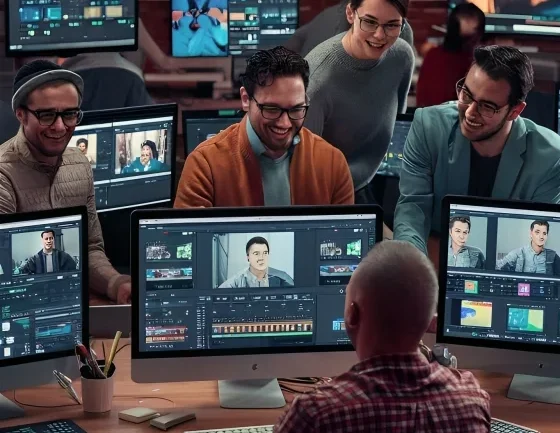
Increased Generative & Prompt-Based Editing
Expect more AI tools that let you use natural language or visuals as prompts. Tools like HeyEddie.ai are early examples. Also, generative-extend features (e.g., by Adobe) will become more refined.
Better Multimodal & Interactive Editing Features
Tools will increasingly understand voice, sketch, image, and text together. For example, systems that let you sketch edits or write prompts to edit videos frame by frame. Such interactivity will reduce friction.
Collaboration, Cross-Platform & Cloud Solutions
Collaboration features and cloud-based editing pipelines will become more common in AI tools. Sharing, version control, remote teamwork, and cross-platform compatibility will improve. Also, tools will offer more support for many languages and voices.
Conclusion
In conclusion, AI tools in 2025 are no longer niche; they’re essential for creators who want speed, efficiency, and higher production value. While tools like Adobe Premiere Pro (Sensei), DaVinci Resolve’s Neural Engine, Runway, Synthesia, and HeyEddie.ai lead the way, many others are closing in. For a deeper look at how advanced models are transforming industries, you can explore the evolving Hybrid AI Market.
Although limitations remain (creative nuance, cost, occasional errors), the pace of improvement is fast. Therefore, trying out a few AI tools will help you find which one matches your workflow best.
Frequently Asked Questions
1. What are AI tools for video editing?AI tools for video editing are software that use artificial intelligence to automate editing tasks like trimming, captions, background removal, and generative video.
2. Which AI tools are best in 2025?
Top AI tools in 2025 include Adobe Premiere Pro (Sensei), DaVinci Resolve Neural Engine, Runway, Synthesia, and HeyEddie.ai.
3. How do video editing AI tools help creators?
They save time by automating repetitive tasks, improving quality with smart features, and making editing more accessible for beginners and professionals.
4. Can video editing AI tools replace human editors?
Not entirely. While AI tools handle repetitive work well, human editors still provide creativity, storytelling, and emotional nuance.
5. Are free AI tools for video editing available?
Yes, several free AI tools exist, including limited versions of Runway, Kapwing, and online editors. Premium features, however, often require payment.

